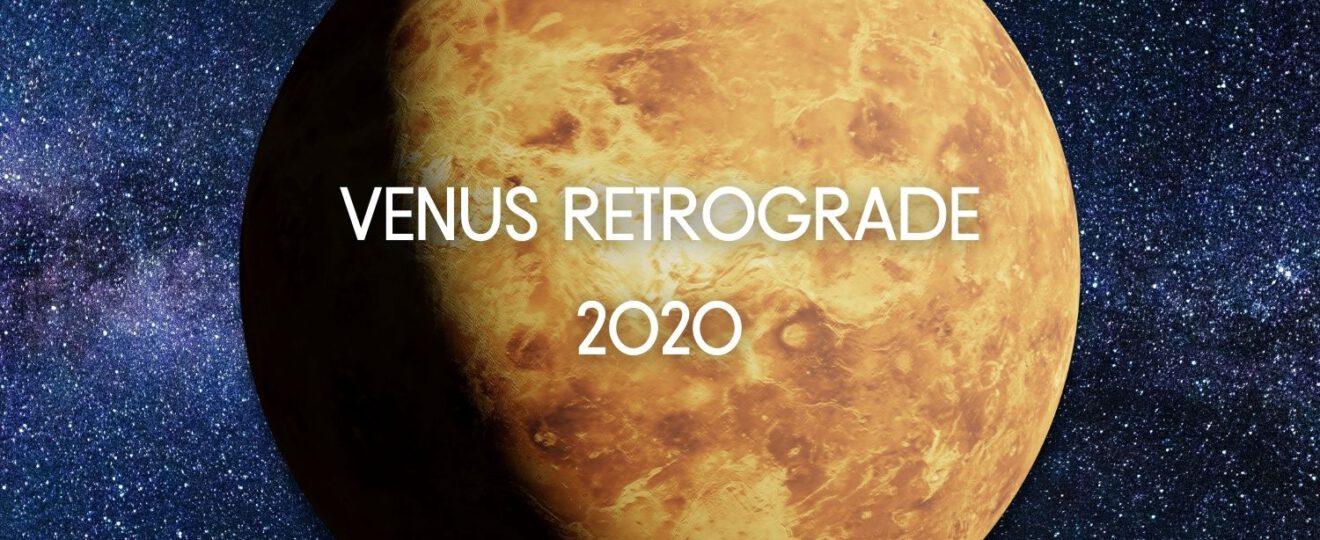
It was the first planet beyond Earth that spacecraft were sent to, starting with Venera 1 in 1961, and the first planet to be reached, impacted and in 1970 successfully landed on by Venera 7. This has made Venus a prime target for early interplanetary exploration. The orbits of Venus and Earth result in the lowest gravitational potential difference and lowest delta-v needed to transfer between them than to any other planet. However, Mercury is more frequently the closest to each. This occurs during inferior conjunction with a synodic period of 1.6 years. The orbit of Venus around the Sun is the closest to Earth's orbit, bringing them closer than any other pair of planets. Venus and Uranus are the only planets with such a retrograde rotation, making the Sun move in their skies from their western horizon to their eastern.
#Venus in retrograde 2020 full
This Venusian daylength is a product of it rotating against its orbital motion, halving its full sidereal rotation period of 243 Earth days, the longest of all the Solar System planets. Solar days on Venus, with a length of 117 Earth days, are just about half as long as its solar year, orbiting the Sun every 224.7 Earth days.

Like Mercury, Venus does not have any moons. The possibility of life on Venus has long been a topic of speculation but research has not produced convincing evidence thus far. It may have had water oceans in the past, but after these evaporated the temperature rose under a runaway greenhouse effect. Venus is shrouded by an opaque layer of highly reflective clouds of sulfuric acid, making it the planet with the highest albedo in the Solar System. With an atmospheric pressure at the planet's surface of about 92 times the sea level pressure of Earth and a mean temperature of 737 K (464 ☌ 867 ☏), the carbon dioxide gas at Venus's surface is a supercritical fluid. The atmosphere of Venus consists mainly of carbon dioxide, and, at the planet’s surface, is the densest and hottest of the atmospheres of the four terrestrial planets. It has a surface gravity slightly lower than on Earth and has a weak induced magnetosphere.

Venus is the second largest terrestrial object of the Solar System. Aside from the Sun and Moon, Venus is the brightest natural object in Earth's sky, capable of casting visible shadows on Earth in dark conditions and being visible to the naked eye in broad daylight. As an interior planet to Earth, Venus (like Mercury) appears in Earth's sky never far from the Sun, either as morning star or evening star. It is sometimes called Earth's "sister" or "twin" planet as it is almost as large and has a similar composition.

Following the right-hand rule for prograde rotation puts Ishtar Terra in the southern hemisphere and makes the axial tilt 177.36°.


 0 kommentar(er)
0 kommentar(er)
